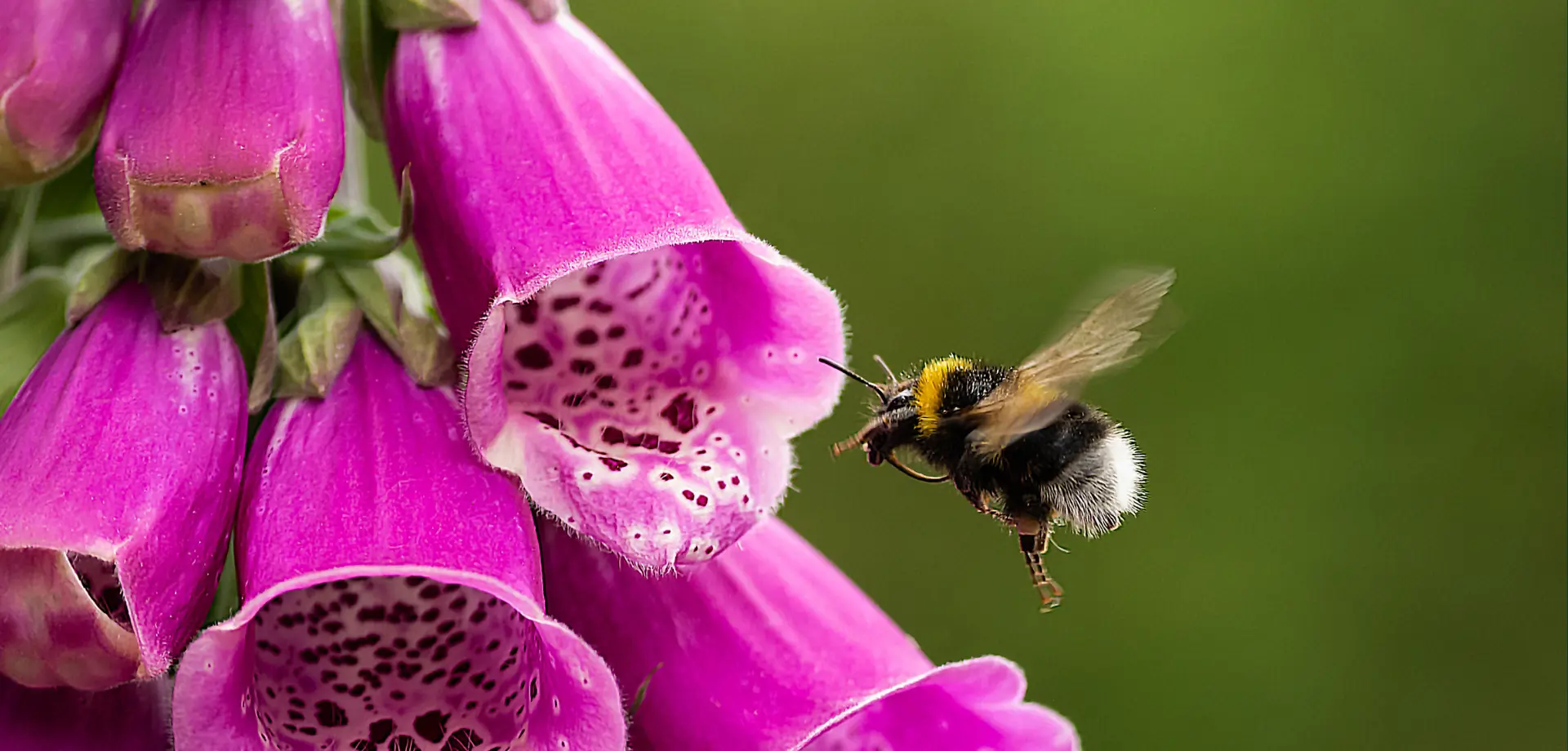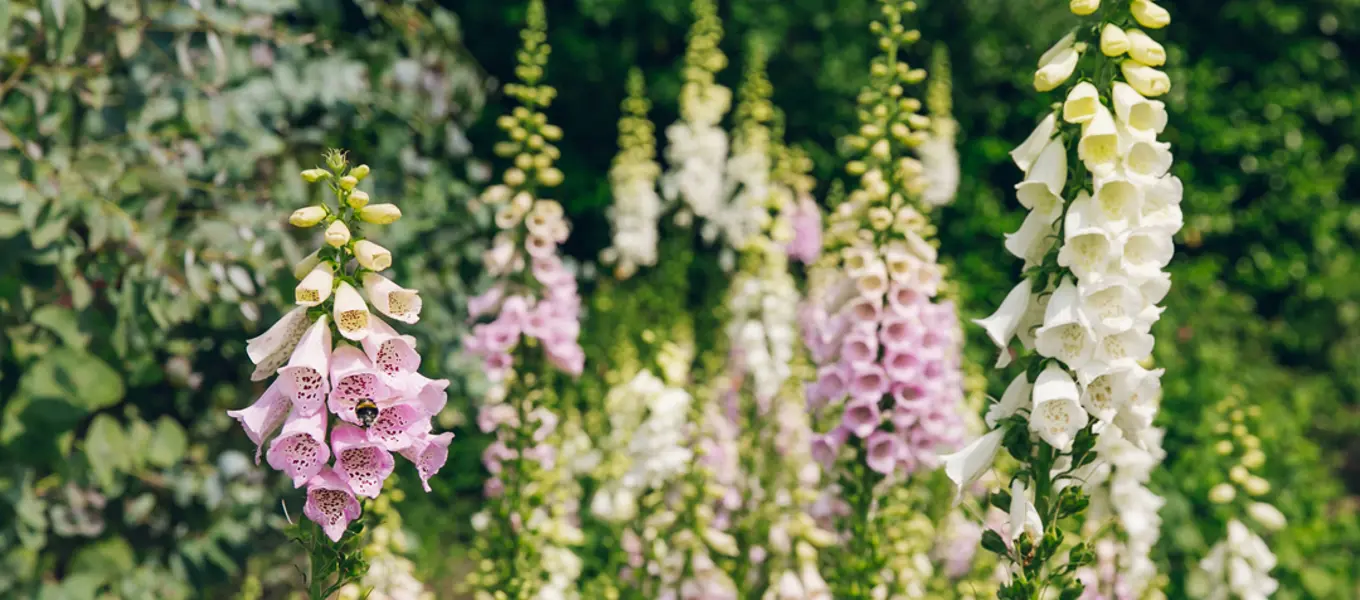
Goodbye spring bulbs, hello summer blooms
The Tulips and Daffodils that have given us so much joy in the ground and our pot displays over the past few months have now faded, making way for the tall spikes of Camassia leichtlinii and Foxgloves.
Punctuating the flower beds are clusters of Alliums in bloom. Their spherical heads, elevated on slender stems, in purples, white and pink, ranging from tiny chives (Allium tuberosum) 30cm high to Allium stipitatum 'Mount Everest' 1.2m tall. Later in the year there will the blooms of the giant Allium ‘Summer Drummer’ towering above the herbaceous layer at over two metres tall.
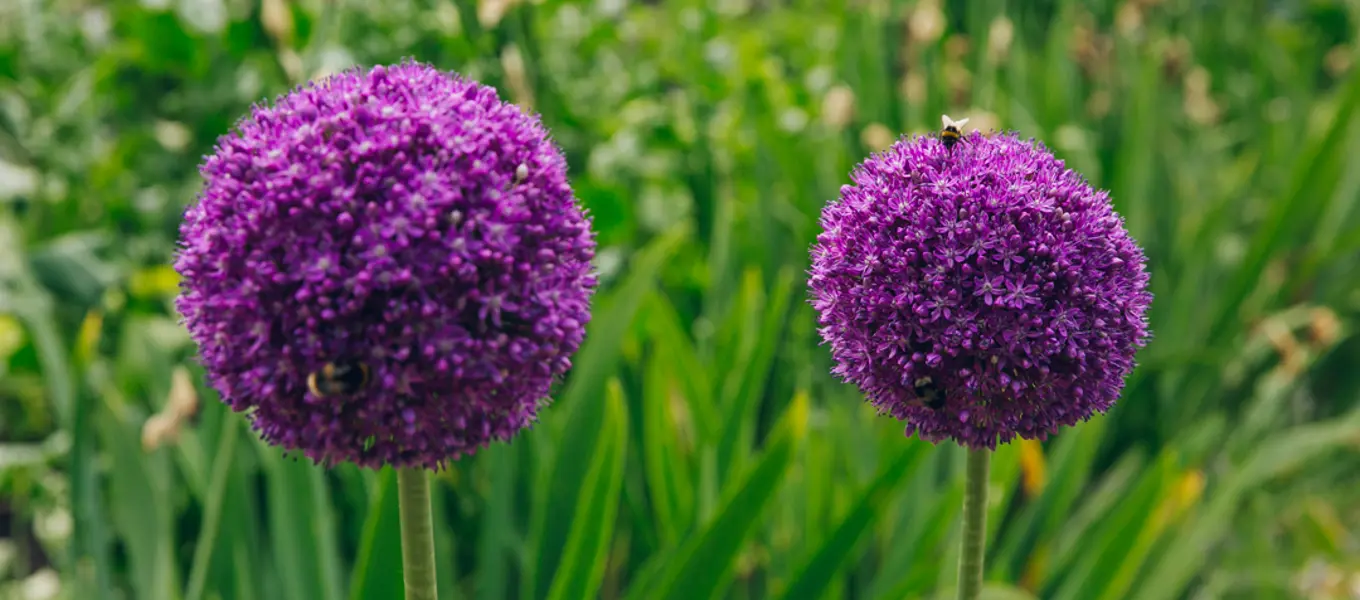
And so to bed...
The danger of frost has almost passed and we’ve been hardening off the summer bedding plants in preparation for the new season ahead. By placing them outside for a short period only, at the warmest time of day, and then gradually increasing the length of time they are outside, the ‘shock’ that they would otherwise experience if moved outside suddenly to their permanent location whilst still soft is avoided
We are also hardening off our half-hardy annuals to plant out in the Cutting Garden. Half hardys are plants that complete their life cycle within one year, but cannot survive cold weather or frosts. They are sown undercover in April, love the heat of summer and need to be planted out once the risk of frosts has passed.
For us this means planting out no earlier than 1st June. In July, August and September, these plants reward us with a succession of beautiful 'cut and come again' flowers for our floristry to work with.
Sophie, our cut flower grower, is particularly looking forward to the Rudbeckia Sahara and Cherry Brandy flowering as well as Nicotiana langsdorffii and Nicotiana X hybrida 'Tinkerbell'. This month she will also be planting out over 100 dahlias and interspersing some of the beds with perennials she want to bulk up for harvest flowers from next year.
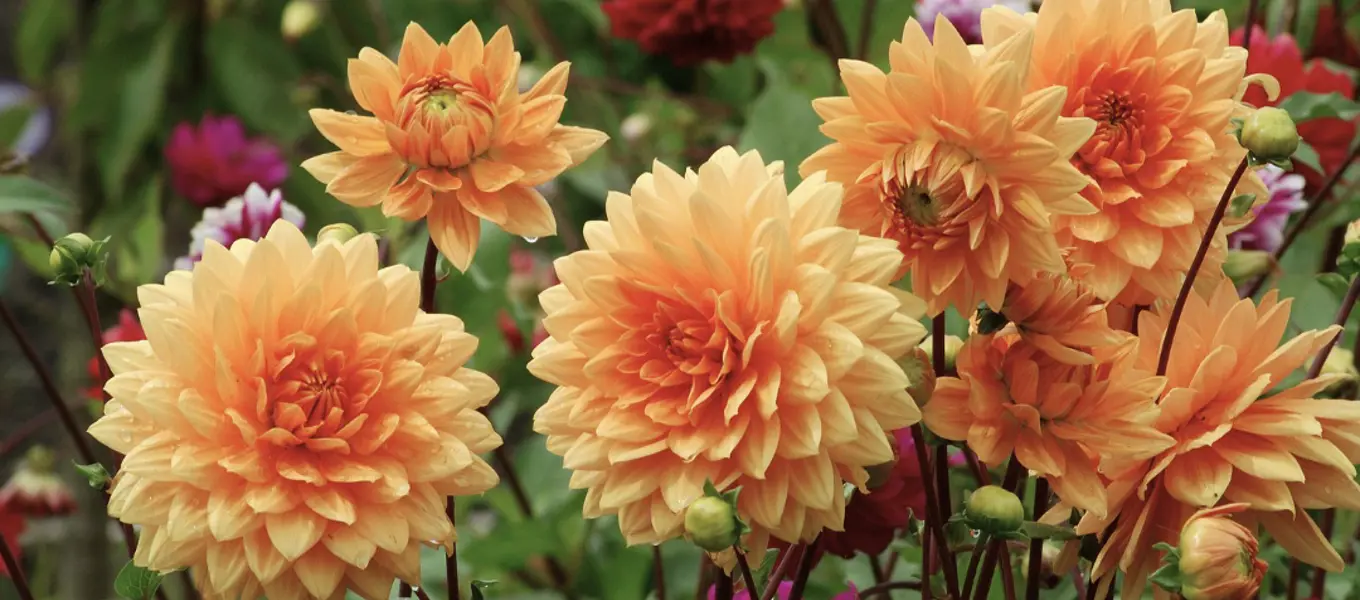
Container displays
The spring ‘bulb lasagne’ pots that did so well this year, where each layer added an explosion of colour and texture to the displays and provided successional interest from early March until the middle of May, have now been removed.
Many of the summer pots we’ll be displaying this year to replace them were planted up in early April and have been kept protected in our cool greenhouses to fill out so that they’ll have instant impact when it’s finally safe to place them.
This year, among other things, we’ll be using a range of Pelargoniums and succulents from our extensive collection of each which are grown in the Service Glasshouse next to the Vinery.
Battling pests and the heat
As the weather warms, work in the greenhouses steps up a gear. Full of tender plants, with many waiting to be planted out, venting, watering and pest control need to be carefully managed.
On hot days we damp down the floors of the glasshouses regularly, this creates a cooling effect and helps many of the plants in them deal with heat stress. The increased humidity also helps to reduce the risk of glasshouse red spider mite, particularly on the grapes in the vinery.
We frequently inspect our plants and the structures of the greenhouses for whitefly, thrips, mealy bugs and other pests that are likely to cause damage if left unchecked this time of year. Paying careful attention to the undersides of the leaves, and to each individual plant in turn, helps us spot early infestations that could easily be missed without vigilance. We remove pests by hand where we can, but where we can’t, use a range of biological controls to help manage the problem.
Good hygiene is important at the moment, brushing up fallen compost and debris, picking dead leaves and flowers from plants and spacing them so that sunlight can reach their lower leaves and there is adequate airflow around them will also help prevent pests and disease spreading.
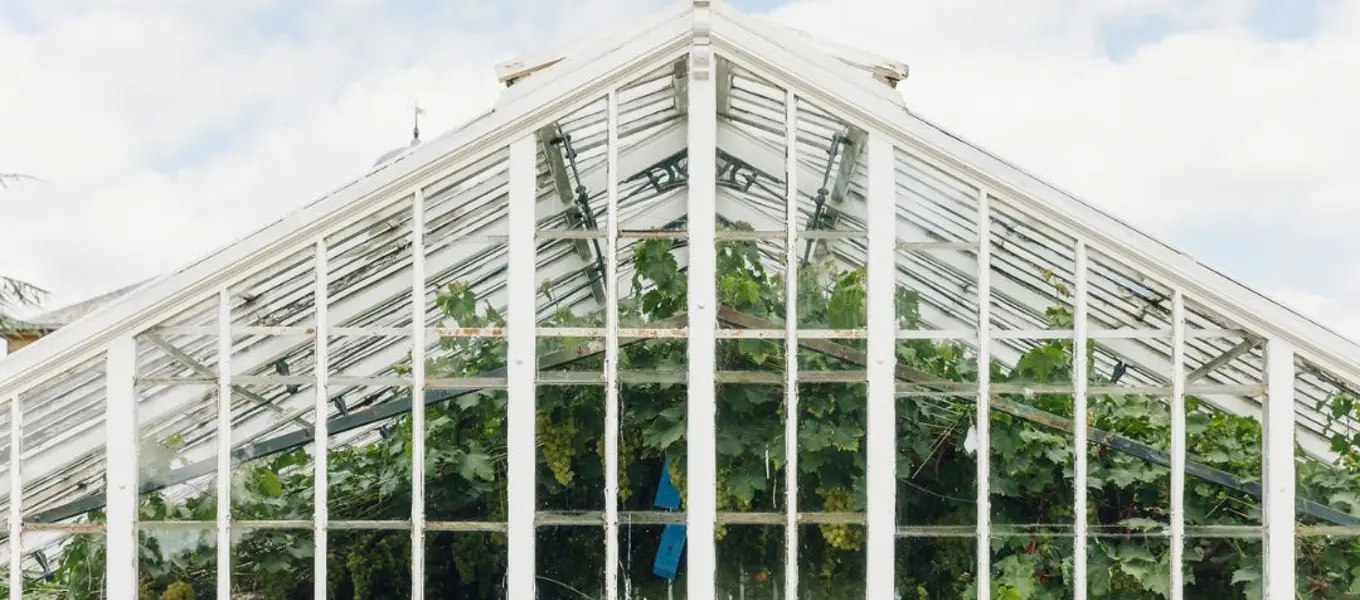
In the Vinery...
The grapes are swelling and the newly formed bunches are becoming congested. Having thinned them to 450 bunches in total, Ian and Marcus, with the help of garden volunteers, are removing 30% of the berries in each bunch to allow space for the remaining ones to grow into. It is this level of attentiveness that will create show worthy fruit for the RHS Autumn Fruit and Vegetable competition in late September
Currently on the veg list, and being offered to chefs around the estate, are cucumbers, strawberries, and the last of the rhubarb and sea kale. The first of the tomatoes are ripening, edible flowers are starting to bloom and there are plenty of salad leaves and herbs such as chives, rosemary, sage, sweet cicely, mint, sorrel, lovage, bay leaves, coriander and dill.
The next time you dine at Chatsworth, or at any of our hotels or restaurants, look out for this produce sitting proudly on your plate.


